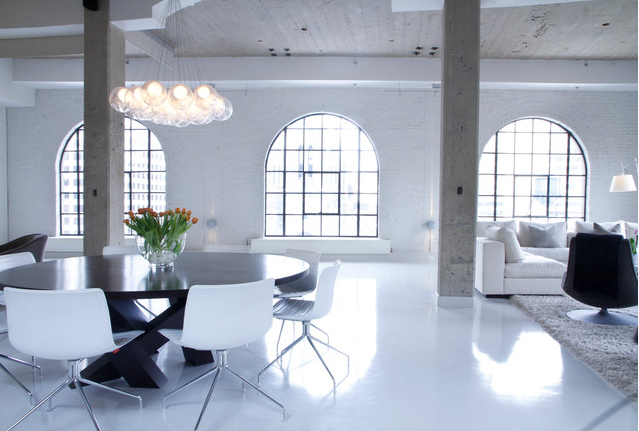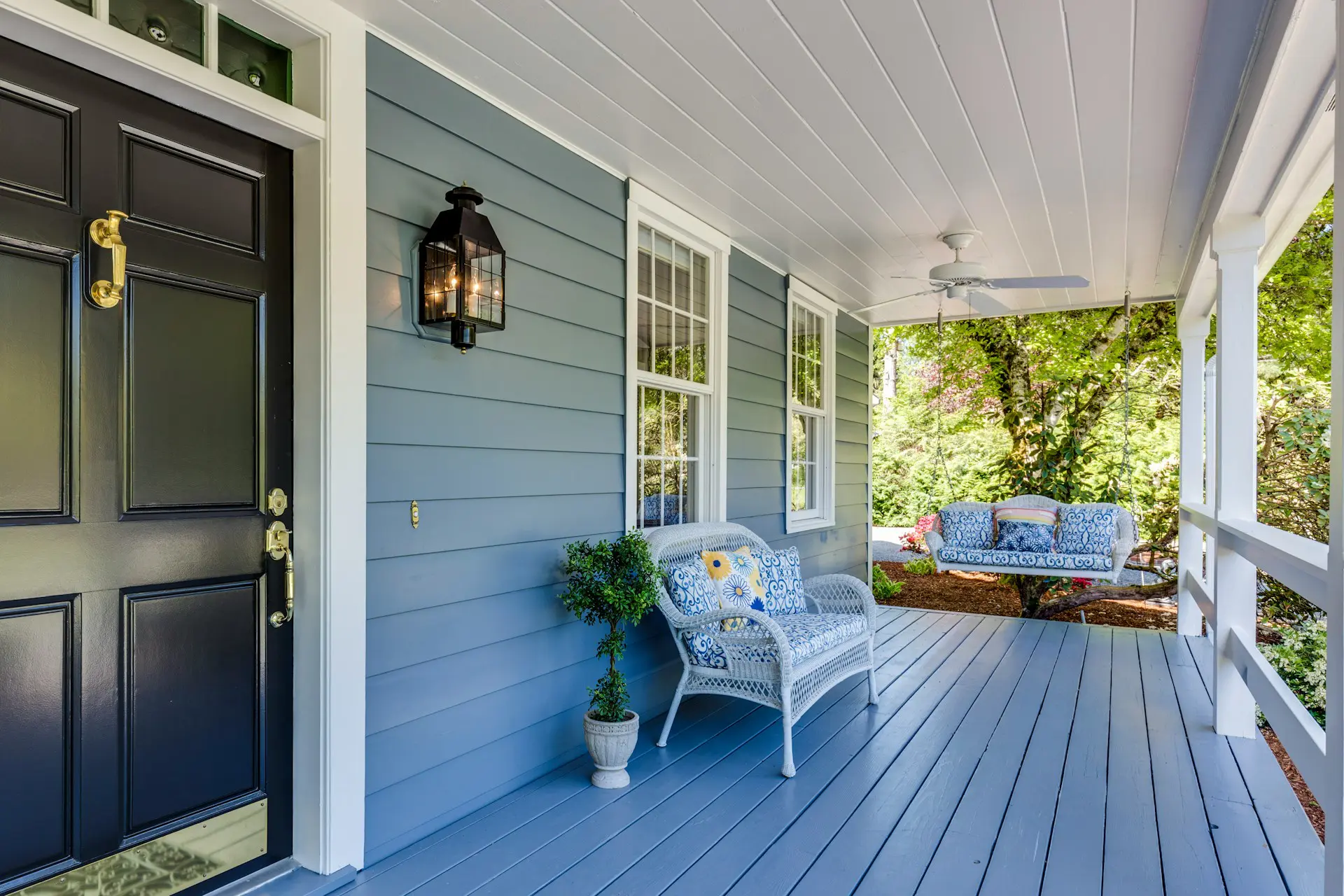Painting Your Concrete Basement Floor: Can You, Should You?

Assuming you have a concrete basement floor, you’ve probably considered painting it from time to time. Both in terms of appearance and practicality, painted concrete basement floors have more than their fair share of appeal.
The thing is though, the average homeowner generally has little to no experience painting raw concrete surfaces. Not to mention, painting the kinds of surfaces that are subsequently going to be subjected to pretty heavy punishment on a daily basis.

Slapping a coat of emulsion on the bedroom wall is one thing – creating a basement floor that perfectly balances style and substance is something else entirely.
Precisely why the vast majority of people instinctively hire the professionals to tackle these kinds of jobs. Here at Homm CPS, we’re of course more than happy to lend a helping hand in any way we can! But at the same time, this doesn’t mean it isn’t perfectly possible to paint your concrete basement floor and come out with a seriously impressive result.
In answer to the above questions therefore, yes – you can paint your concrete basement floor and you probably should!
Just be sure to proceed in accordance with the following six steps and you could be looking at a result to be proud of:
Step 1 – Check For Signs Of Dampness
First of all, it’s important to ensure that the surface you intend to paint is comprehensively dry and free of all residual moisture. Just as with any other surfaces around the home, even the slightest trace of dampness could completely undo all your hard work. Damp spots and puddles of water are usually quite easy to spot, but there may also be a certain amount of residual dampness in the concrete itself that’s not quite as easy to detect. If in any doubt, you might want to think about installing a dehumidifier in your basement and leaving it to run for a few days, before getting started.
Step 2 – Evaluate The Smoothness Of The Surface
The smoother the surface of the concrete floor, the easier it is going to be to paint. Not only this, but any rough or uneven patches you come across are guaranteed to have a detrimental effect on the final result. Assuming the patches of rough concrete you come across are relatively modest, you’ll be able to even them out using sandpaper or a power sander. If the problem is somewhat more advanced, you may need to enlist professional help. Wear PPE and get rid of as much residual dust as possible.
Step 3 – Clean The Surface Meticulously
After which, the time comes to clean the concrete surface as meticulously as possible. Use whatever you have to hand to eliminate as much dirt, dust and debris as possible, before taking a scrubbing brush and giving the whole thing a good clean with some diluted household detergent. If things are particularly unpleasant, you can always use a diluted chlorine bleach solution, using 6 ml of chlorine bleach for every 10 cups of warm water. Besides the use of bleach, you should grind the floor mechanically to enhance adherence of the coating. Give the whole thing plenty of time to dry in full.
Step 4 – Apply Paint Primer
Once everything is completely clean and dry, use a two part epoxy consisting of a resin and a hardener (which is usually the best product that will resist abrasion and will perform better when cleaning) since regular primer and paint do not apply here.
Step 5 – Apply Stain Blocker
Though technically considered optional, it’s nonetheless advisable to then apply a layer of premium stain blocker. This will intensify the effectiveness of the primer, ensuring the paint adheres quickly and easily while delivering the most immaculate final result.
Step 6 – Apply Your Chosen Latex Paint
Last but not least, it’s now time to take a completely new roller and gradually apply a thin coat of your chosen latex paint to the floor of your basement. Irrespective of how good things look after a single coat, it’s a good idea to give it plenty of time to dry before applying a second coat. In fact, you can add as many coats of latex paint as you like, just as long as the previous coat is completely dry, prior to going ahead.
For more information on anything to do with interior painting, reach out to a member of the team at Homm CPS today.










